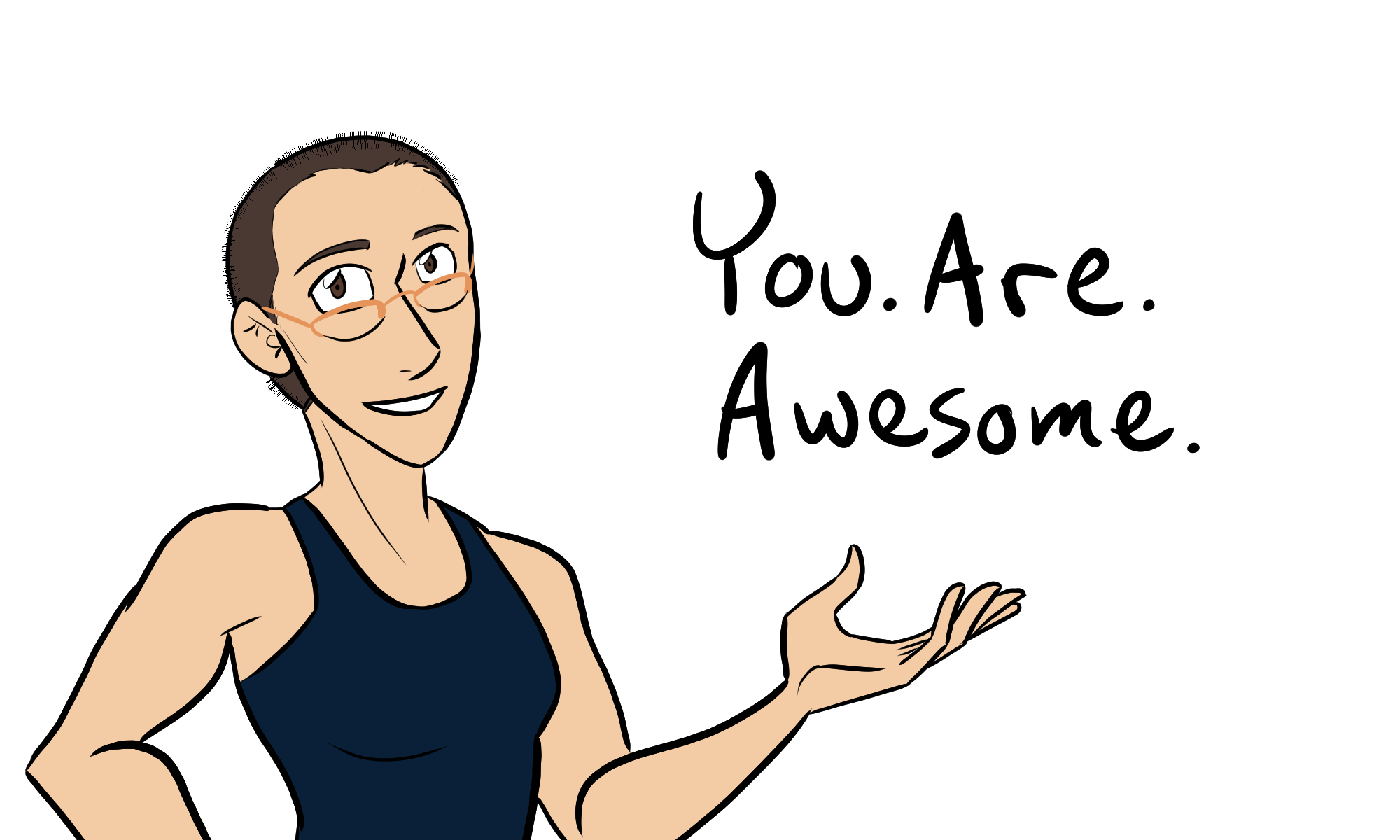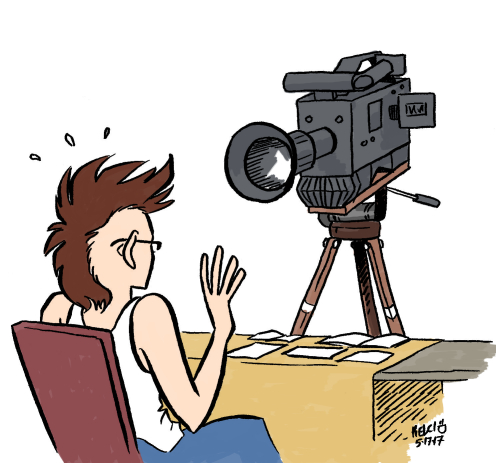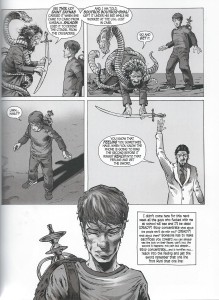To be fair, at RathaCon this year, this filmmaker came forward to a couple of other creators at the show, asking if we had any projects that could be adapted to film.
I’ve been wanting to talk about comics versus film for a little while now, and the filmmaker’s approach was a good catalyst for this conversation. Especially because after he left, another creator came up to me and we spoke about the dude, and the creator said, “But comics are perfect for film adaptations!”
To which I say, “If the intent for the project was to be a film first and a comic later, yes.”
Here’s the thing that rubs me – comics and film do borrow a lot of terms and looks from each other. Heck, Osamu Tezuka learned how to make comics by replicating movies and pacing his comics like stills from a film.
But here’s the other thing – indie comics as a field is SATURATED with people who want to make movies – but making movies is too expensive, so they make comics instead, with the intent of pitching the comic to filmmakers. Their intent from the start is to make movies and get a writing credit for it.
This is something Christian, my writing buddy on Validation, has seen since day 1 of her working in indie comics, and she’s been making them longer than I have. She’s also worked on movies. She and I talk about comics versus film a LOT. And we have both come to the conclusion that comics and film are two very different forms of media after all.
There are things you can do in comics that you just can’t do in film. The most notable example I have is a page from Cairo, the graphic novel written by G. Willow Wilson and drawn by M.K. Perker. That’s this page here:
This cannot be done in film. One can try but it would be exceptionally difficult. Comics can do this much easier.
Comics can also have fun page layouts for panels but still be readable. Just read This One Summer by Rumiko and Jillian Tamaki and Asterios Polyp by David Mazzucchelli. Those books exemplify the art of comics and what film cannot do.

At the same time, however, film incorporates things like sound and time, which comics cannot do. Take this absolutely bananas scene from Raggedy Anne and Andy: A Musical Adventure (keep in mind these characters CAN talk like real people, but in this scene…just watch):
Comics cannot do this, but film can.
Some may argue that comics can incorporate sound by using onomatopoeia, but I say comics can create new words for sounds, like when Akira Toriyama has Goku, Bulma and Oolong in a motorboat and the onomatopoeia for the engine is BOOOOOOOAT. Also, take a look at the entire catalog of silly sound effects used in No Need For Bushido. But written words to convey sound are not the same as sound itself.
Some webcomics have used sound in interesting ways, by incorporating music as a soundtrack on the page or the like, but to me, that does not make them better comics. It makes them experimental, but comics, by their nature, are soundless and music-less except when you turn the pages.
When you make a story, keep your intended medium in mind. Know what the medium can do and make your story with that in mind.
Now’s the point where I want to tangent off and talk about adapting novels into comics and the difference between video essays and podcasts, but those are topics for a different day.
So that’s all for now. Thank you for reading!
You. Are. Awesome.
P.S. If you haven’t seen these yet, you can read the latest page of The Case of the Wendigo (the comic updates every Wednesday) and check out Ramblopolis #3, my journal zine, for $1 on Storenvy.


